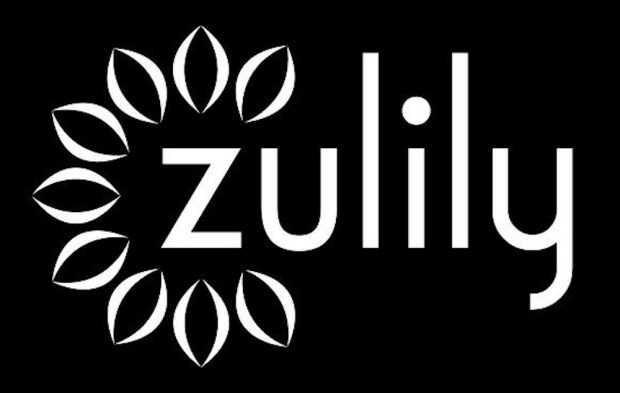Zulily’s Bumpy Path To Growth

It’s been a full couple of years for Zulily.
In 2013 the online retailer famous for its cool mom centered aesthetic in online retail jumped into the public markets with quite a bang. Though originally priced at around $22 a share, the price popped almost immediately and closed out in the $37 a share range. Facebook, by comparison, ended its first day trading at ~$38 share.
Zulily’s early days were strong – and its share price grew. By February 2014, Zulily hit an all time high of $68.
But it couldn’t maintain that growth. Zulily went on to see its market cap diminish as its stock price fell to less than $15 a share by late August 2015. It was then that Zulily announced was saying good-bye to the public markets and hello to a new owner, Liberty Interactive’s QVC Group.
The deal was done for $2.4 billion – a hefty sounding sum that was actually a bit of bargain by for QVC, since it valued Zulily at $18.37 a share – a step down from its opening IPO price of $22. At the time of the purchase – QVS noted that it paid a premium of their acquisition – despite its dipping revenues, because of the potential for the brand and it’s base, as home shopping was moving to re-invent itself for the digital age, when shopping from ones couch is no longer a novelty.
“As the world leader in video and eCommerce retail, QVC is dedicated to remaining shopping, entertainment and community as one,” said Mike George, QVC President and CEO noted in statement. “In Zulily, we see a like-minded brand that shares our passion for discovering great products, for delivering honest value, and for building long term relationships with customers.”
Shared ideas perhaps – but not a share audience. At the tie of the acquisition, just about six percent of QVC’s customers also shopped on Zulily – as QVC’s user base tended to skew older and more suburban than Zulily’s younger urban mom shoppers.
And while there was concerns among investors about a mismatch – the change so far has been toward growth – as Zulily saw double digit grown in revenue during the closing quarter of 2016 – with more forecast when earnings are reported by its parent firm later this month.
More important – Zulily is driving a lot of mobile growth for its parent firm – device based order represented about 63 percent of the total orders placed by mid-2016, compared with 56 percent in the year-ago period.
There have not, according to the firms’ executive teams, been much in the way of massive changes.
“There hasn’t been much in the way of change,” noted Zulily CEO Daryl Cavens – though there have been reciprocal upgrades.
Zulily’s engineering team in Seattle has be central to the redesign of the QVC website with site — the best images to show people, for example, while Zulily has expanded its video content offerings in accordance with QVC’s 24/7 on air philosophy.
“The amount of video content, and the infrastructure they have to do that, is incredible,” Cavens said.
And Zulily is excited for the what’s next in their evolution as a rand.
“I feel really good about the spot we’re in. We’re still only 6 years old but there’s so much more ahead.”
